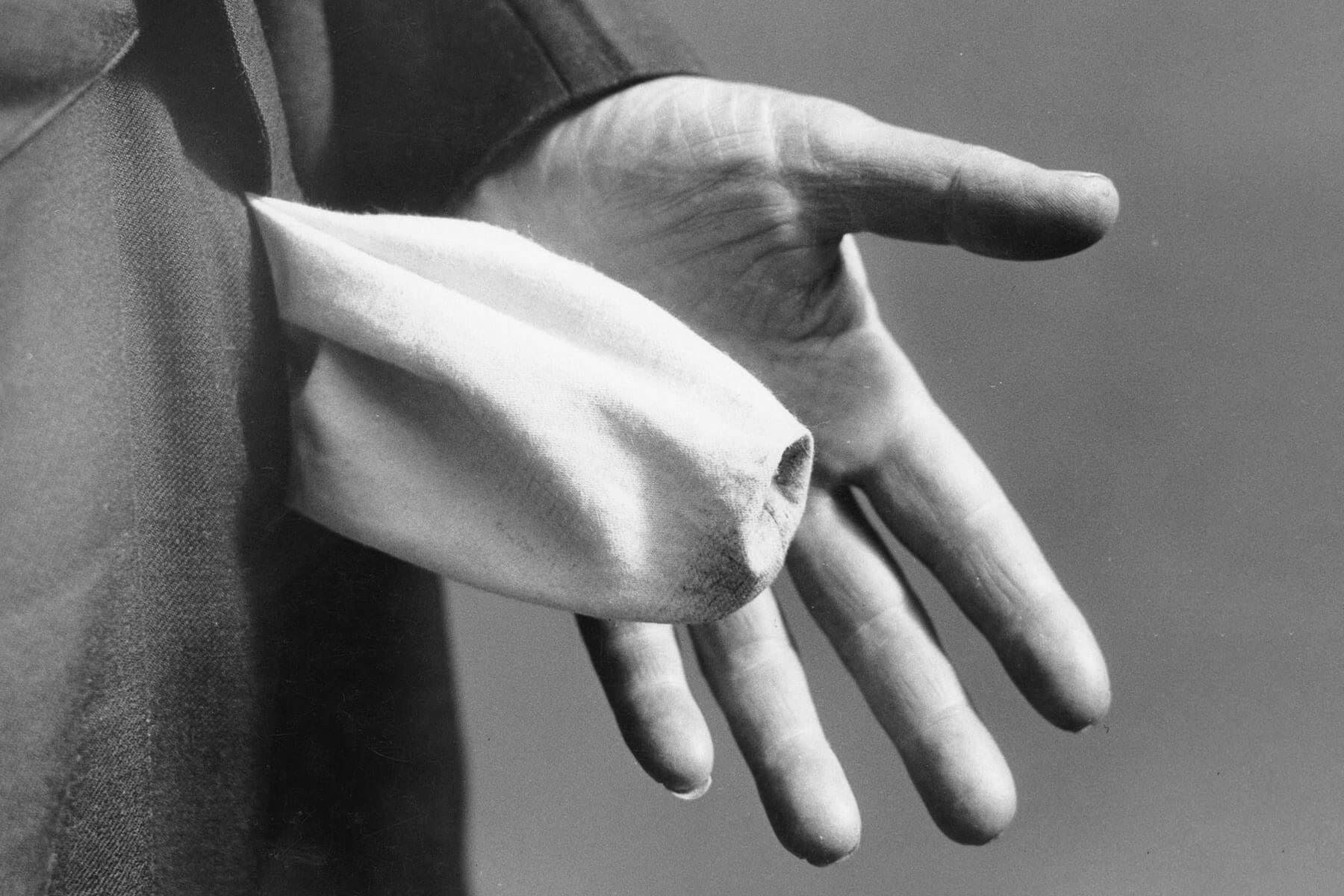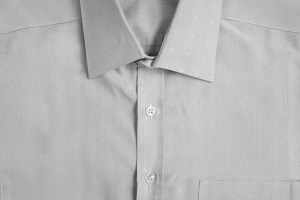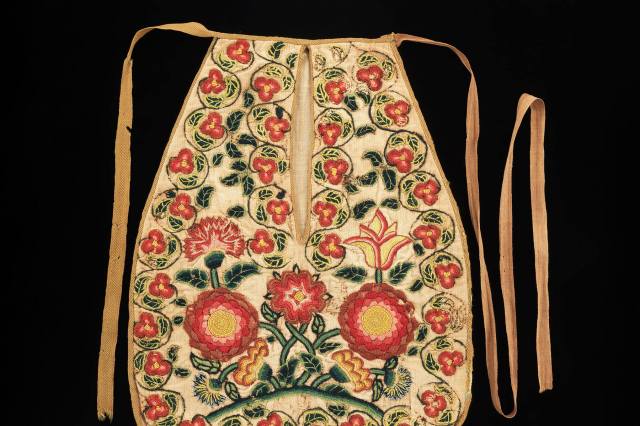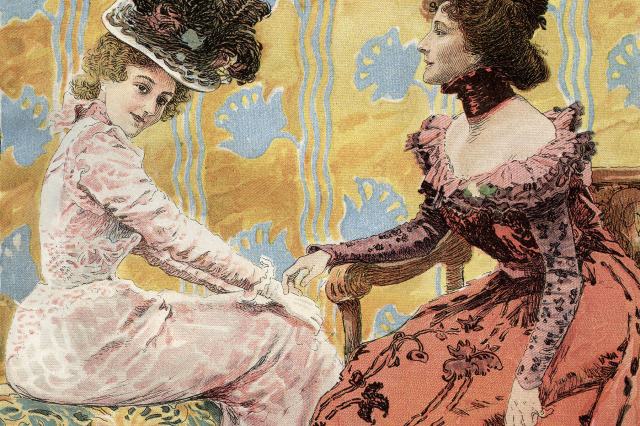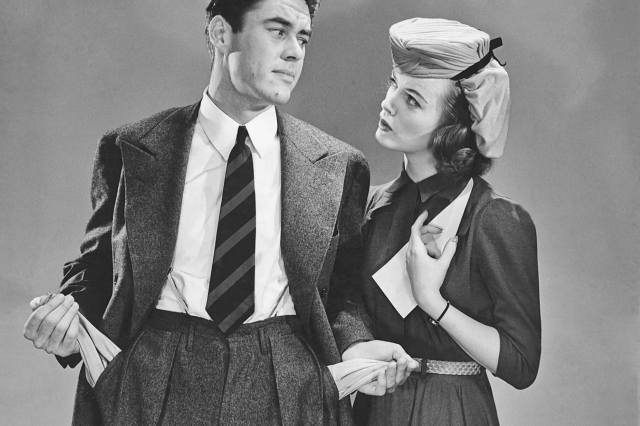A Brief and Curious History of Pockets
You can never have too many pockets, but we used to not have them at all. As clothing evolved from simple to complex, pockets, some of them specialized, evolved right along with it, changing shape, size, and function through the years.
When did pockets go from external pouches to sewn-in features? How big were the pockets that 18th-century women hid under their skirts — and why are women’s pockets so small now? What role did jeans play in the progress of the pocket? This brief history of pockets shows just how deep they go.
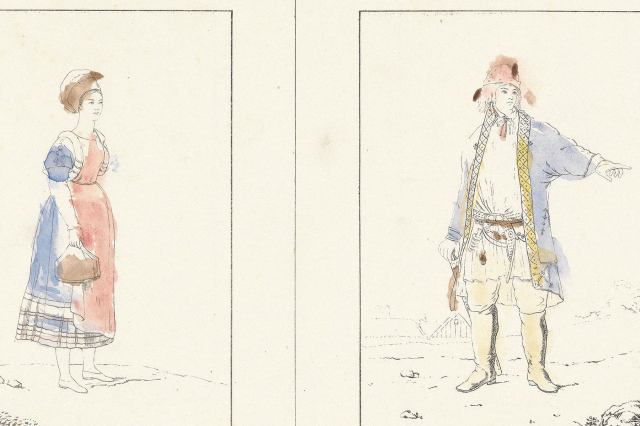
Pocket Predecessors
Wearable pouches — such as fanny packs or, if you’re fancy, belt bags — date back thousands of years. Even Europe’s oldest known natural mummy, Otzi the Iceman, who lived in the Copper Age more than 5,000 years ago, was found wearing a belt with a small attached pouch, which contained some small tools.
Belt bags were a must-have accessory in medieval Europe, too; some were crude, some more ornate, and they were worn by all genders. One found in a particularly lavish grave in England had a decorative metal purse lid that would have been attached to a leather pouch.
The word “pocket” came into use in English around 1450 to describe a small sack worn on someone’s person, whether sewn into clothing or not. It evolved from the Anglo-French word poket or pouchet, a diminutive variation on poke or pochete, meaning “bag.”
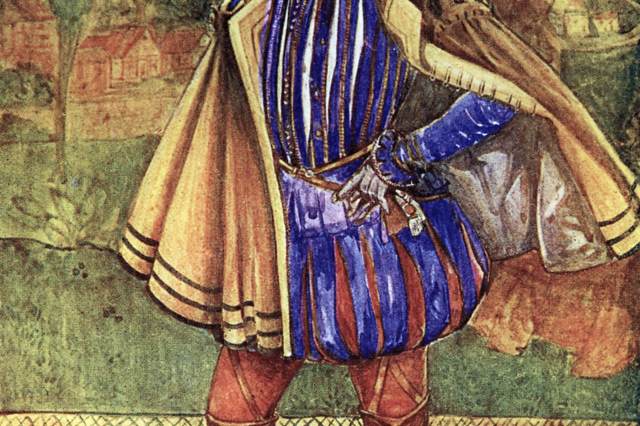
The Rise of Men’s Pockets
The Renaissance was a time of great art, innovation, and exploration throughout Europe, and it’s during this era that the sewn-in pocket started to appear. The earliest true pockets were parts of men’s trunk hose — the poofy short breeches that you see in old portraits of royals and nobles — which became popular during the 16th century. The pockets hid themselves well among the folds, although sometimes they’re visible in paintings.
The extra space left plenty of room for storing necessary objects, particularly pocket watches. These pockets could be quite luxurious; one example of voluminous trunk hose from the early 17th century had leather pockets lined with yellow and blue silk. Eventually, sewn-in pockets were also added to men’s coats, jackets, waistcoats, and breeches, for both nobles and commoners. From that point forward, menswear typically included pockets. For women’s clothing, however, the path was not quite as straight.





